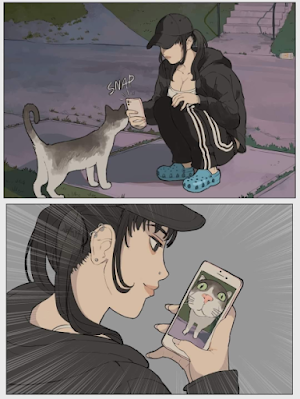Blog Post #5: Classical Blog Exhibit
Revolution and Art – 1700’s
The American Revolution
The Death of General Wolfe, Benjamin West, 1770, oil on canvas
The Death of General Montgomery in the Attack on Quebec, December 31, 1775, John Trumbull, 1776, oil on canvas
George Washington at Princeton, Charles Willson Peale, 1779, oil on canvas
The Revolutionary period was a time of pride, passion, and patriotism. The 'young republic' was eager to "enthusiastically display symbols of patriotism in their homes and on public buildings" (The Met). Symbols like the famous bald eagle adorned buildings and publications, while artwork of the period served as a way to honor those that died in the war effort, giving them an admiral death. The Death of General Wolfe by Benjamin West (a British artist from the opposing perspective of the Revolution) and The Death of General Montgomery in the Attack on Quebec by John Trumbull exhibit this as they portray the deaths of esteemed generals. George Washington at Princeton by Charles Willson Peale shows the first president of the United States in a portrait setting, standing upright and maintaining a vertical posture. Trumbull was actually a colonel under Washington during the war, while Willson also served contributed during the war.
According to 'A Scholarly Skater,' the paintings throughout American history serve a key part in the way we interpret our history. These paintings remain on our money and are positioned throughout important government areas to this day, showing the mark they've made on our country.
The Death of General Wolfe portrays the death of British General James Wolfe in the Attack on Quebec. The general lies in the center of the painting, breathing his last with his men on all sides. According to the Gallery of Canada, West's goal "was not to persuade viewers of the literal truth of his painting, but to move them to emulate Wolfe’s self-sacrifice." The emotion in the painting is immense and is best described as respectful sorrow for their heroic leader. The top of the painting features dark clouds in the right and a much lighter, clearer sky in the left with a cathedral or bell tower barely visible. This contrast does a great job of representing the emotional within the painting; a great leader is lost, but his accomplishments and heroism remain admirable.
The Death of General Montgomery in the Attack on Quebec is another painting from the same battle in Quebec, but from the American side of the fight. Major General Richard Montgomery, lies in the arms of two of his men, following an ambush as his army was split in a blizzard. Unlike General Wolfe, this painting lacks the light, positive contrast and focuses more on the despair and sorrow of the American soldiers witnessing the death of their leader. The background is very dark and the image is much more dramatic.
George Washington at Princeton is a portrait of the general leaning against a cannon on the battlefield. Despite this leaning, he stands very upright, ready for battle. This painting does not feature death as the centerpiece like the two former, but focuses more on the dignity of the American soldiers as they fight for independence.
Overall, these three paintings all focus on the same theme: admirability during a time of war. The two sides of the war differed drastically, with the inexperienced, enthusiastic Americans grappling with the weathered British defenders. What the sides share, however, is a respect for their army and the enemy army. War is a difficult time in any circumstance, but the perseverance to keep moving forward is what allowed an underdog American army to secure the independence we're lucky enough to have today. This group of paintings is a relic this past perseverance, displaying the hardships that were fought and the difficulty obstacles overcome.
Works Cited
A Scholarly Skater. “American Artists and the American Revolution.” A Scholarly Skater, 13 Sept. 2022, https://ascholarlyskater.com/2019/01/04/american-artists-and-the-american-revolution/.
“Art and Society of the New Republic, 1776–1800.” Metmuseum.org, https://www.metmuseum.org/toah/hd/arso/hd_arso.htm.
“The Death of General Montgomery in the Attack on Quebec, December 31, 1775.” The Death of General Montgomery in the Attack on Quebec, December 31, 1775 | Yale University Art Gallery, https://artgallery.yale.edu/collections/objects/57.
The Death of General Wolfe | National Gallery of Canada. https://www.gallery.ca/collection/artwork/the-death-of-general-wolfe.
\





Hello John!
ReplyDeleteI enjoyed reading your blog. It made me want to learn more about the American revolution. I grew up in the Philippines, so I'm unaware of American or European history. I am glad that this class taught me a lot about history.
Great choice of paintings for this post. You picked the ones that impacted the revolution, especially The Death of General Wolfe and The Death of General Montgomery. I can feel the agony and sadness in these paintings. I would feel empowered if I saw these pieces during that time. Thank you for sharing!